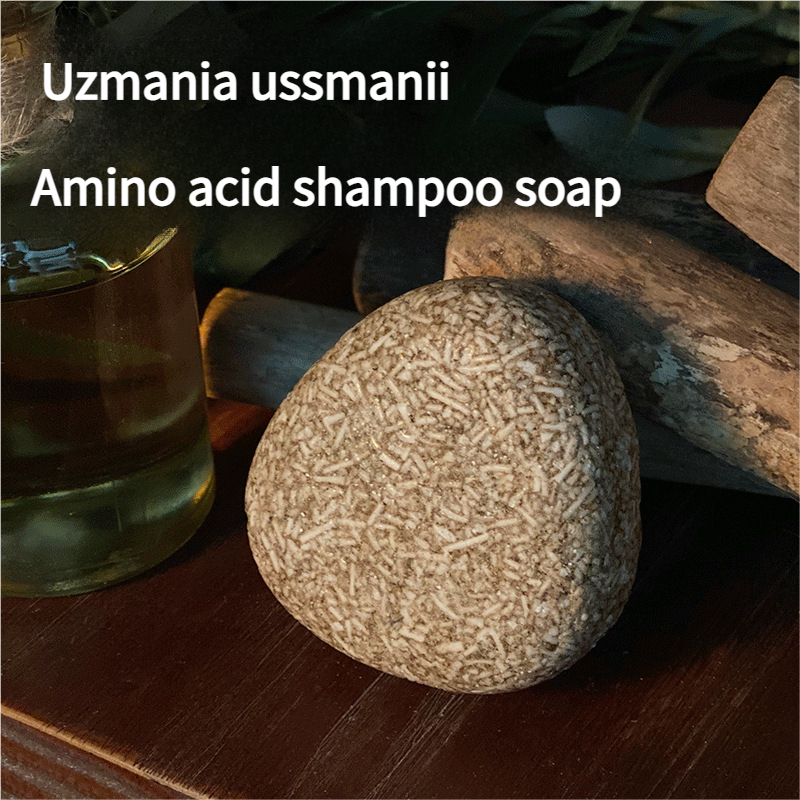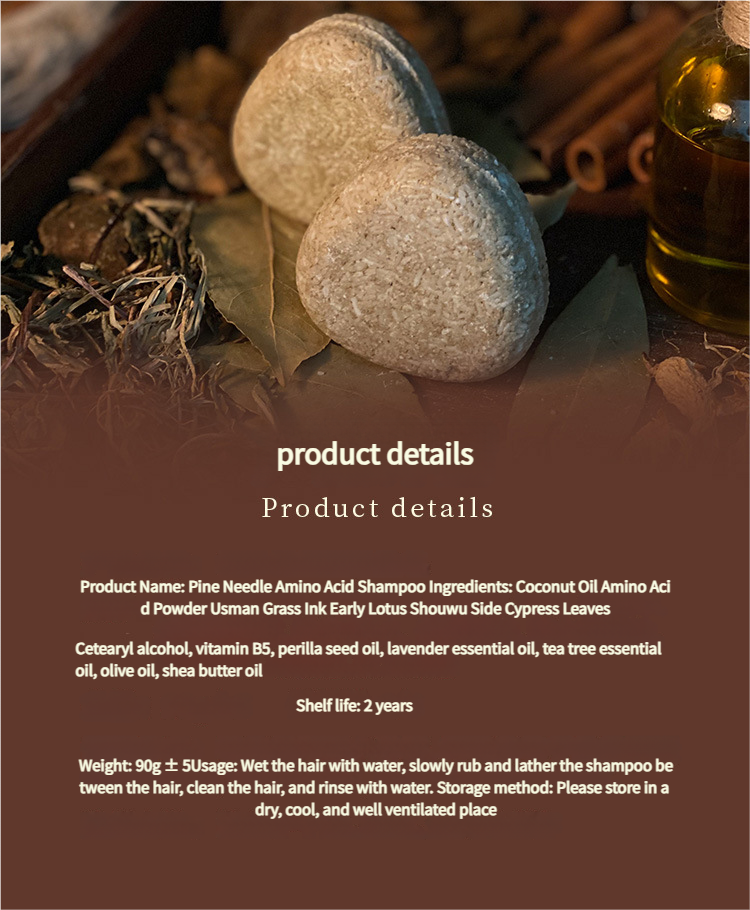What Exactly Is "Amino Acid Soap"? Understanding the Types
The term "amino acid soap" can refer to a couple of different things in the world of cleansing products:
Traditional Cold Process Soap with Added Amino Acids: This is a handmade soap created through saponification, where oils and lye react to form soap and glycerin. In this case, specific amino acids (like silk amino acids or wheat amino acids) might be added to the recipe to enhance skin or hair conditioning properties.
Amino Acid Surfactant-Based Cleansers (e.g., Shampoo Bars): These products, often seen as solid shampoo bars or gentle facial cleansers, use pre-made amino acid-derived surfactants (e.g., Sodium Cocoyl Isethionate, Sodium Cocoyl Glutamate) as their primary cleansing agents. These aren't made by reacting oils with lye; instead, they're typically a blend of these gentle surfactants with other conditioning and beneficial ingredients.
The concept of a "curing period" primarily applies to the first type.
The "Curing Period" Explained: A Cold Process Soap Secret
The curing period is a crucial phase in the creation of cold process soap. After the soap is mixed and poured into molds, it undergoes saponification (the chemical reaction that turns oils and lye into soap and glycerin). Once solid, the soap is then unmolded and allowed to "cure" for several weeks, typically 4-6 weeks, or even longer for some recipes.
Why is this curing period so important for handmade soap?
Water Evaporation: During curing, excess water gradually evaporates from the soap. This makes the soap bar harder and denser, which means it will last much longer in your shower or at the sink, rather than dissolving quickly.
Complete Saponification: While the initial saponification reaction happens quickly, the curing period allows for any remaining trace amounts of lye and oils to fully react, ensuring the soap is as mild and gentle as possible. This is vital for skin safety.
Improved Mildness: As water evaporates, the soap becomes more concentrated and its lather often becomes richer and creamier. The natural glycerin (a humectant) produced during saponification also becomes more concentrated, contributing to the soap's moisturizing qualities.
Better Texture: A well-cured soap bar feels smoother and less "gummy" when wet.
Does Your Amino Acid Soap Need a Curing Period?
This depends entirely on how your "amino acid soap" is made:
If it's a Cold Process Soap with Added Amino Acids: Yes, absolutely! Just like any other cold process soap, it must undergo a curing period. The amino acids added to this type of soap don't change the fundamental saponification process that requires curing for safety, hardness, and mildness. The benefits of curing (longevity, gentleness, complete reaction) apply fully here.
If it's an Amino Acid Surfactant-Based Cleanser (like many shampoo bars): Generally, no. These products aren't made via saponification. The ingredients (including the amino acid surfactants) are already stable and ready to use once they are blended and solidified. While they might benefit from a day or two to fully harden after molding, this isn't a "curing period" in the traditional sense of chemical transformation or lye dissipation. They are typically ready for use much sooner.
The Benefits of a Properly Cured Bar (for applicable types)
Whether you're using a handmade soap that incorporates amino acids or a professional organic shampoo bar with amino acid surfactants, understanding their creation helps you appreciate their benefits. For those amino acid soaps that do require curing, the wait is truly worth it. A properly cured bar offers:
Superior Longevity: A hard bar lasts longer, saving you money and reducing waste.
Exceptional Mildness: Ensures the soap is gentle on even the most sensitive skin, thanks to complete saponification and concentrated glycerin.
Rich, Luxurious Lather: The concentrated soap creates a more abundant and creamy lather, enhancing the cleansing experience.
So, while not all products labeled "amino acid soap" will have a curing period, those that are true cold process soaps absolutely do. This patient waiting period is a testament to the artisan's craft and transforms simple ingredients into a premium, skin-loving product. When you choose a well-cured handmade soap or a thoughtfully formulated amino acid shampoo bar, you're making a smart choice for your skin, hair, and the planet.


